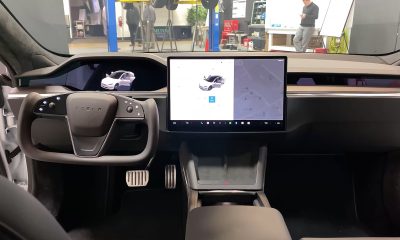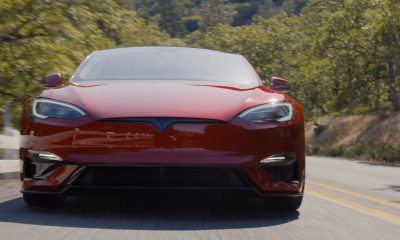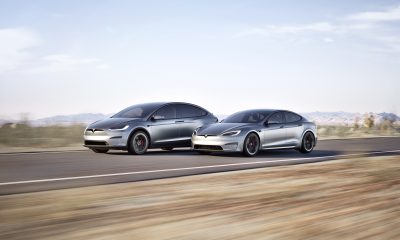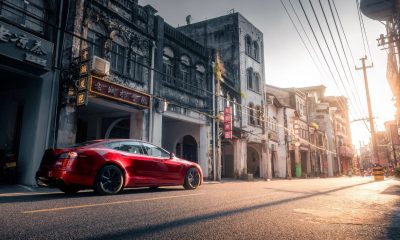Lifestyle
Leave Tesla alone, autonomous cars can’t come soon enough
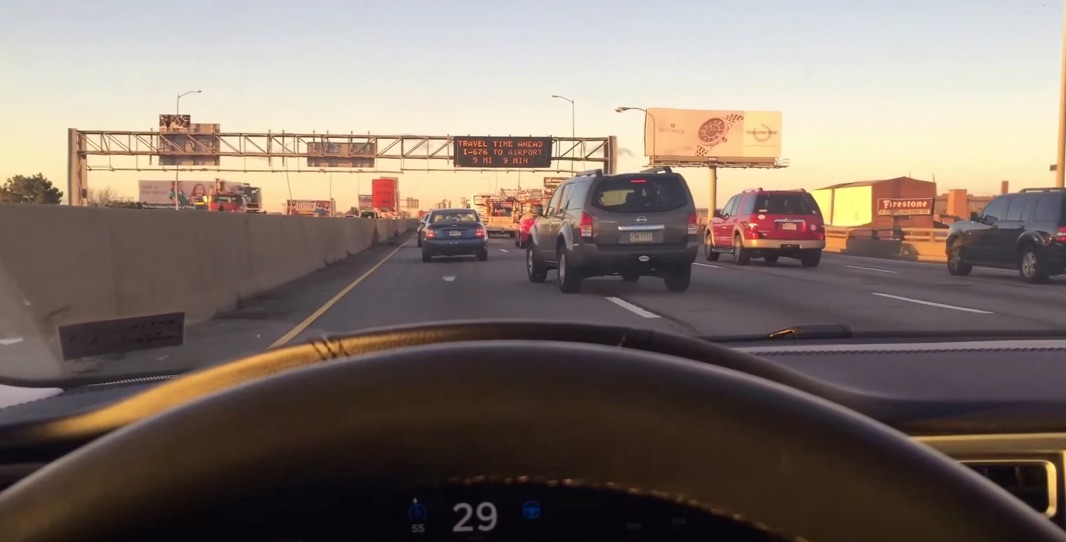
Here in Philly, I could set my clock by daily rush hour accidents once school starts. I’ve joked that since most school kids aren’t old enough to drive, teachers must be terrible drivers. Either that or they don’t drive all summer and have to learn all over again. In reality, roads are just more crowded. Many more people are on the roads during the 7am and 4pm hours that I commute. In addition, there are a new set of stressors and distractions for parents that come with the kids going back to school. All of this is a recipe for disaster.
Yesterday was the first day of school for those in Philadelphia public schools and as expected, I encountered an accident on my way home. The car, a Nissan, was turned the wrong way and had an exceptionally mangled front end. I sincerely hope whoever was driving the car survived, though I wouldn’t be surprised if they hadn’t.
What caused the accident? Driving a car is a series of mundane tasks and subconscious mental processes. Did the driver make an honest mistake and misjudge something? Or was he distracted by thoughts of school supplies or a little red number showing a notification on any one of the many communication apps on his smart phone? Maybe he had nothing to do with it. Maybe another driver made an egregious error and the Nissan did all it could to avoid it, but ended up losing control. Maybe he and another driver both processed routine thoughts to make driving decisions such as seeing that there was a space in the middle lane and deciding to merge into it.
Whatever the case, I’m fairly certain that being in a Tesla while using Autopilot driver’s assistance features, the Nissan driver would be a very different situation right now. The Tesla would have attempted some maneuver to mitigate the crash as best as it could. Not knowing the situation, I certainly can’t claim the accident would not have happened in a Tesla. What I can claim is that once full autonomy comes to cars, the roads will be measurably safer. They have to be, or the technology will be regulated out of existence.
“once full autonomy comes to cars, the roads will be measurably safer”
A few miles later and more minutes than it should have taken, I was off the highway. I came to a 4-way stop sign, which are extremely common where I live. The problem with 4-way stop signs is that you process them without even thinking. Stop, wait a few seconds, move. I’ve been guilty a few times of going too early and cutting off the person who deserved to cross the intersection ahead of me. I’ve been the one cut off plenty too. So many times with stop signs you are just stopping for an appropriate interval of time rather than actually waiting for someone. (Chances are, that someone has already gone quickly, if there is someone on the cross street at all.) Again, this all happens so many times per drive that it has become an almost subconscious process. Your foot holds the brake pedal. Your foot moves to the go pedal.
Oh Sh#! Moment
What happened next did so in a flash, and left my hands shaking. I came to a stop and stayed that way for some appropriate length of time. In an imperceptibly short amount of time, my brain decided the pickup truck waiting to cross my path wasn’t going and I should go. There was a woman standing on the corner with a dog. I’m pretty sure my brain processed that the pickup truck driver was talking to her. He didn’t wave me on, but something made me go.
What should have happened next is that the pickup truck driver should have honked at me and cursed me out. Maybe even held up a 1-finger salute. That is not what happened. What happened is that after I had already started going, he did too. For another imperceptibly short amount of time, my brain thought ‘crap, I guess just cut this guy off.’ Then, he didn’t stop. After his nearly subconscious process of moving his foot from brake to go pedal, he should have seen me in his path and stopped. I can only assume he was not looking ahead. He was getting closer and I quickly calculated that since I was in a Tesla and he in a truck, the best course of action was to stomp on the go pedal. That’s what I did. I accelerated faster than I should have in a residential area, but I’d certainly rather go from 10 to 30 mph too quickly than be in an accident. I heard tires screeching, then the word “asshole” being yelled.
What just happened? Who was at fault? Me, partially, because I took his turn. Him, mostly, because regardless of what another person does, if you are stopped then begin moving and t-bone that someone, you’re at fault. He should have been looking. He should have stopped. He would have had plenty of time to stop considering he was starting from a complete stop. I had been paying attention. He hadn’t. There was no reason for this situation to result in tire screeching. There was definitely no reason for it to result in a collision.
Computers vs. the Human Brain
The point is, human brains are amazing. They process unlimited amounts of information in record time. They are efficient. Too efficient even. They take shortcuts to arrive at a thought. (Lights are off at CVS and it’s midnight, it must be closed. No need to go to the door and check the sign to see closing time.) All of these shortcuts help us to drive but can also harm us. We get too complacent, too quick to take action without intentional thought. Have you ever been driving and realized you don’t really recall the last few miles? Probably. Your brain and hands and feet drove you, without incident, to that point. To add to this, our brains are thinking about other things. We change the radio station, adjust our air conditioning, mentally plan dinner and chores, wonder how our spouse’s day went. Autonomous cars will have one job. That job will be to drive safely. I picture a world where cars communicate too, so the question of whose turn it is at a 4-way stop sign should be an easy one. An autonomous car won’t stop to talk to the lady on the corner with the dog. An autonomous car won’t look away from the road ahead. An autonomous car may have camera failure, but it would know it was unable to see and act accordingly.
If anyone out there still thinks Tesla’s Autopilot is a gimmick, hear this: it is a group of driver’s assistance features that make us leaps closer to truly autonomous driving. In my opinion – and presumably that of the poor Nissan driver – it can’t come soon enough.
Lifestyle
Tesla brings perhaps the coolest interior feature to cars in latest update
Tesla adds on to the “fun” aspect of its vehicles.

Tesla has brought perhaps the coolest interior feature to its cars in a new update that is rolling out to vehicles now.
The feature will require a newer vehicle that has interior ambient lighting, which is present on the new Model S, Model X, Model 3 “Highland,” and Model Y “Juniper.” The Cybertruck also has ambient lighting strips throughout.
Tesla Model Y’s ambient lighting design changes revealed in leaked video
With the Version 2025.26+ Software Update, Tesla is rolling out a new “Sync Accent Lights w/ Music” feature, which is available on the Tesla Toybox:
Turn your Tesla into a rave cave with the new Light Sync feature 🎶
Rolling out now in software update 2025.26+ pic.twitter.com/IIsQxZ9jDP
— Tesla (@Tesla) July 29, 2025
To enable the feature, you’ll access the Toybox, choose “Light Sync,” and then choose “Sync Accent Lights w/ Music.”
Although it does not improve the performance of the vehicle, it is yet another example of Tesla making one of the coolest cars out there. This is truly a cool add-on that can be used to impress your friends and family.
Elon Musk
xAI, Musk Foundation helps schools near Memphis supercomputer site
Reports of xAI and the Musk Foundation’s work were recently posted by local news media.

Elon Musk’s artificial intelligence startup xAI and the Musk Foundation have been supporting Memphis-Shelby County Schools with HVAC repairs and facility upgrades, while also funding youth programs for students in the area.
Reports of xAI and the Musk Foundation’s work were recently posted by local news media.
xAI’s school visits lead to facility repairs
Representatives from xAI visited John P. Freeman Optional School, Fairley High School, and Westwood High School, all of which are located near its Colossus supercomputer site, to assess HVAC systems, plumbing, gym facilities, and athletic fields. The visits resulted in a list of priority repairs, some of which were completed in April and May.
In addition to the repairs, xAI also shared a number of initiatives that are planned for students in the area, as stated in a Commercial Appeal report.
“xAI is working on providing STEM workshops for local students, donating equipment to technical training programs, and supporting job fairs to boost employment opportunities. These initiatives reflect xAl’s commitment to fostering education and economic growth in Memphis,” xAI noted in a statement.
Musk Foundation donation
Apart from xAI, the Musk Foundation also donated $350,000 to the Boys & Girls Clubs of Greater Memphis, enabling the reopening of two club sites located at Booker T. Washington High School and Westwood High School. Both locations had closed earlier this year due to lapses in funding. As per xAI, the Musk Foundation’s donation allows clubs to reopen for almost 1,000 students.
The donation will fund staffing, supplies, and transportation, among others. “Kids are the future of humanity,” Elon Musk said in a statement, adding that students need “every chance to shoot for the stars.”
“We’re honored to support the Boys & Girls Clubs of Greater Memphis in reopening these sites, giving kids in underserved communities the tools to build brighter futures,” Musk said.
The gift was praised by local officials, including Boys & Girls Clubs board chair Michael Garriga, who stated that the “commitment will ensure the youth of our community have the opportunities they need to develop their skills and talents to become successful students and future citizens.”
Lifestyle
EV fans urge Tesla to acquire Unplugged Performance for edge in fleet and security industry
Unplugged Performance has built a name for itself by producing performance upgrades for Tesla vehicles.
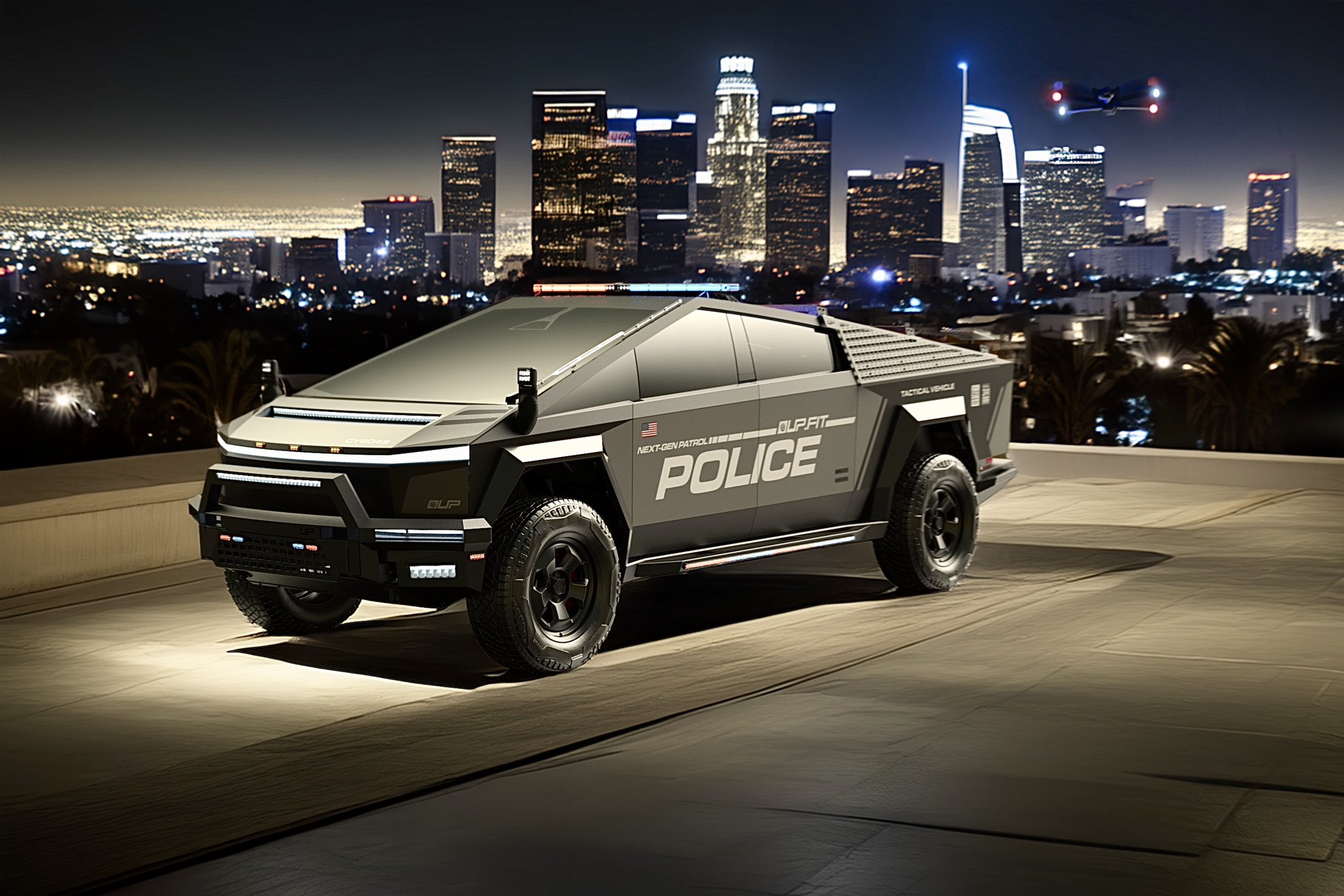
A growing number of Tesla enthusiasts and longtime community voices are calling on the electric vehicle maker to acquire Unplugged Performance, a California-based aftermarket company best known for tuning Tesla vehicles and developing specialized government fleet solutions under its UP.FIT division.
The idea was once considered a niche proposal among EV fans, but it is now gaining serious attention not just as a performance play but as a strategic move to deepen Tesla’s roots in the fleet and security industry.
A strategic fit
Unplugged Performance has built a name for itself by producing performance upgrades for Tesla vehicles, from track-optimized components to visual and aerodynamic upgrades. But in recent years, its UP.FIT division has pivoted toward a more functional future by outfitting Tesla vehicles like Model Ys for police, military, and government use.
That work has sparked growing calls for closer collaboration with Tesla, especially as the EV maker increasingly leans into autonomy, AI, and fleet services as core components of its next chapter.
“I posted this four years ago, but I think it’s more true now than ever,” wrote Whole Mars Catalog, a well-known Tesla investor and FSD Beta tester, on X. “Tesla should buy Unplugged. But not just as a Performance division. What they are doing with UP.FIT unlocks large government and commercial fleet purchases that can improve utilization.”
Tesla fans such as shareholder Sawyer Merritt echoed the sentiment, calling Unplugged a “great fit within Tesla.” adding, “They are literally located directly next to Tesla’s design studio in Hawthorne.”
Enabling the next wave
Supporters of the idea noted that integrating Unplugged into Tesla’s corporate structure could help accelerate the adoption of autonomous technologies in government sectors. With UP.FIT patrol cars already in use across some U.S. police departments, Tesla fans envisioned a future where self-driving Teslas could potentially revolutionize law enforcement, search-and-rescue, and public service logistics.
“Just imagine how autonomous patrol cars could transform policing and bring us into a safer future,” the veteran FSD tester wrote.
The benefits could also extend to Tesla’s existing consumer base. “They also have some incredible products in the works that I think will appeal to many ordinary Tesla drivers — not just those looking for performance or mods. Stuff that’s so good it should have come straight from the design studio next door,” Whole Mars Catalog noted.
Unplugged Performance, founded in 2013, shares not just a product vision with Tesla, but also geography. Its Hawthorne headquarters sits directly adjacent to Tesla’s design studio, and the two companies have maintained a close working relationship over the years. The aftermarket firm has long positioned itself as a “mission-aligned” partner to Tesla.
In response to the recent calls for acquisition, Unplugged Performance acknowledged the support from the community. “Our very existence is to support the Tesla mission with @UpfitTesla and @UnpluggedTesla,” Unplugged CEO Ben Schaffer posted on X. “We love working with Tesla and are grateful for the community’s support since 2013!”
-
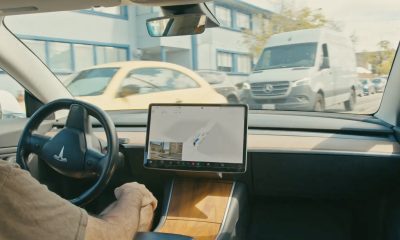
 Elon Musk6 days ago
Elon Musk6 days agoElon Musk teases crazy new Tesla FSD model: here’s when it’s coming
-
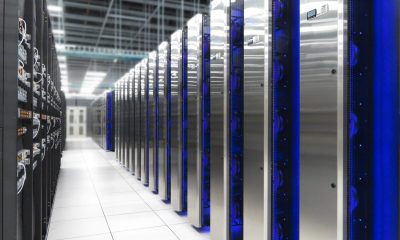
 Elon Musk3 days ago
Elon Musk3 days agoElon Musk confirms Tesla AI6 chip is Project Dojo’s successor
-
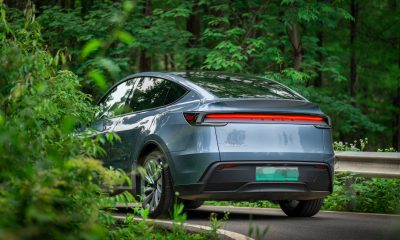
 News3 days ago
News3 days agoTesla Model Y L reportedly entered mass production in Giga Shanghai
-
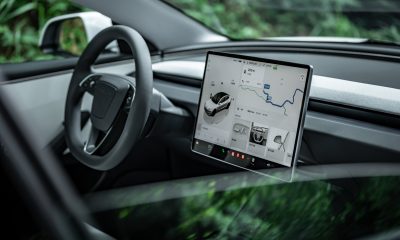
 Elon Musk4 days ago
Elon Musk4 days agoTesla CEO Elon Musk details massive FSD update set for September release
-

 News2 weeks ago
News2 weeks agoElon Musk highlights Tesla Model Y’s most underrated feature
-
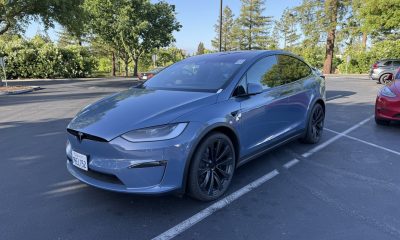
 News2 weeks ago
News2 weeks agoTesla takes first step in sunsetting Model S and X with drastic move
-

 Cybertruck3 days ago
Cybertruck3 days agoTesla’s new upgrade makes the Cybertruck extra-terrestrial
-
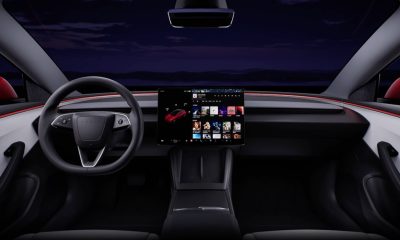
 Lifestyle2 weeks ago
Lifestyle2 weeks agoTesla brings perhaps the coolest interior feature to cars in latest update


